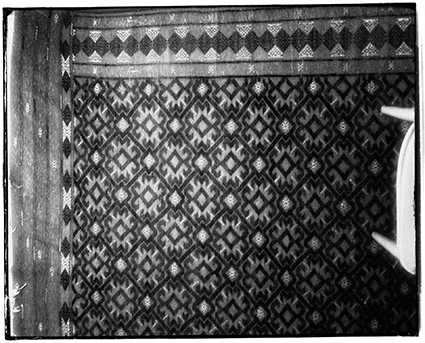I sat down to write a post about collodion photography, wanting to tell you something about the tintype, as it is called. I meant to explain how this 19th century photographic ‘wet plate’ technique is complicated but definitely do-able and is still used today. How it stinks, how long the exposure times are, and how short the processing time, how exciting it is . . .
But all I do is cry. Here’s why:
In 2013 a young British-Gambian, hugely talented girl graduated from art school. Just four years later, she exhibited her project Dwellings: in this Space we Breathe
at the Venice Biennale. It deals with her Gambian roots, the role of spiritual practices and the solace they provide. What makes it extra special is her use of the wet collodion technique, which requires a lot of patience and dedication of both the photographer and the sitter – in this case one and the same. Her choice of technique added lots to the mystery of the subject, and her young, beautiful and very expressive face contributed enormously to the ‘wholeness’ of it.
Photographer Almudena Romero guided her through the technicalities of the tintypes.





all photos © 2018 Estate of Khadija Saye
After the opening of the Venice Biennale, in May 2017, she went back to her home in west London where she lived, together with her mother, in the Grenfell Tower. On June 14th an electrical appliance caught fire in one of the apartments and within minutes the entire building, 24 stories high, was ablaze. It turned out the cladding on the façade wasn’t fire resistant – Kensington local council had saved itself a few thousand pounds that way. Also, the ladders of the London fire brigade don’t reach higher than the eighteenth floor.
Together with 70 others the photographer and her mother died in the fire.
Her name is Kadhija Saye. She was only 24.
http://www.estateofkhadijasaye.com

